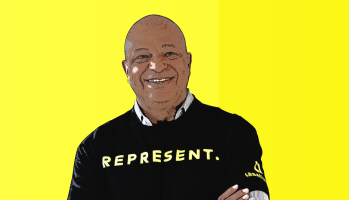In another odd incident in Washington, D.C., an unidentified man doused himself with gasoline and set himself on fire on the National Mall last week. A tourist, Meghan Van Heertum, who was standing nearby, said the man was African American.
“There were just a few cops at that time. One of them kicked something that was on fire, said Van Heertum, 29. “Somebody extinguished the flames. I saw a cop run to his truck and grab a cooler full of ice, grabbed bottles of water, ran back over. It smelled very strong of burnt flesh.”
Investigators say the man was so badly burned that it will take extensive DNA tests to figure out his identity. Police don’t have a motive and clearly don’t know anything about the man, but we do know this: He clearly had severe emotional issues. Black Americans don’t usually commit suicide in popular public places and there are few documented incidents of black people setting themselves on fire in national tourist destinations.
And then there was Aaron Alexis.
Alexis, 34, was under the delusional belief that he was being controlled or influenced by extremely low frequency electromagnetic waves before he shot 12 people to death at the Washington Navy Yard last month.
Alexis’ mother told his bosses one month before the shootings that he had a history of paranoid episodes and most likely needed therapy.
But nobody took his mother seriously.
“Questions about why Alexis’s behavior wasn’t taken more seriously remain unanswered. However, misdiagnosing mental illness among black men has long been an acute problem — with consequences that extend beyond the Navy Yard killings to the daily gun violence throughout urban America,” Courtland Milloy wrote in The Washington Post.
So what do we take away from these three incidents involving black Americans? Are these situations just flukes, or mental health issues that black Americans should take more seriously?
According to a new study by Health Services Research, blacks and Latinos receive less mental health care than whites.
“We found that Blacks and Latinos [remain] in care, including using outpatient services and filling psychotropic drugs, for a shorter time than whites,” said lead study author, Benjamin Le Cook, assistant professor in the department of psychiatry at Harvard Medical School. “Furthermore, since blacks often wait longer to get help, they are more likely to end up in a psychiatric ER or psychiatric inpatient facility to treat their mental illness.”
What do you think?
ANALYSIS: 3 Blacks, 3 Bizarre Deaths in D.C. It’s Time to Stop Stigmatizing Mental Health in the Black Community was originally published on blackamericaweb.com














